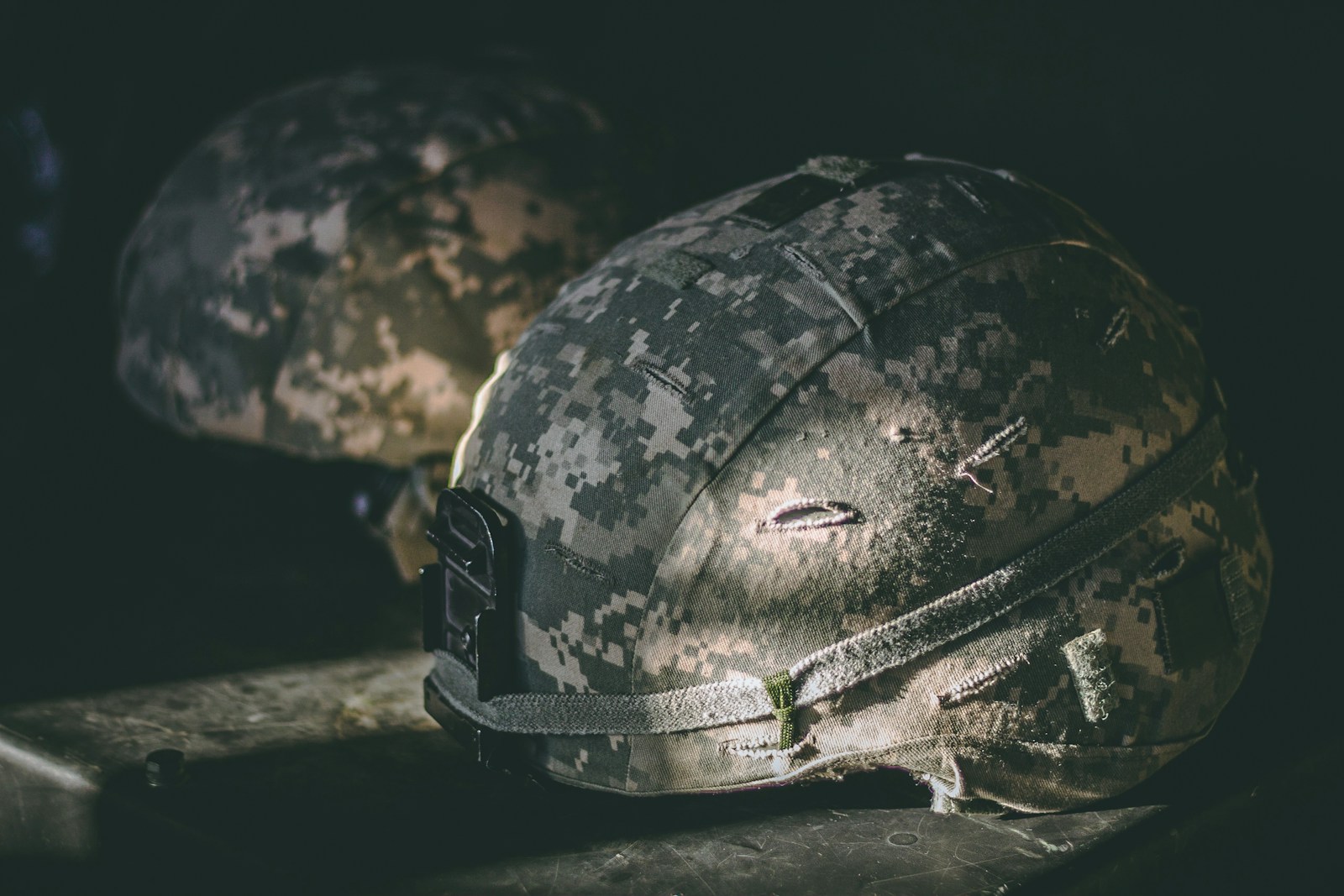Key takeaways:
- 20 Israeli hostages freed after two years in captivity.
- U.S. brokered a ceasefire and hostage exchange deal.
- Families shared emotional reunions with tears and hugs.
- New talks aim to improve peace and security.
Hostage Release Brings Hope After Two Years
Millions watched as the last 20 Israeli hostages walked free on Monday. This hostage release ended two long years of fear. It came as part of a U.S. ceasefire deal and prisoners-for-hostages swap. Families fell into each other’s arms with tears of joy. Moreover, officials hope this event can pave the way for peace.
Understanding the Hostage Release Deal
The hostage release deal took months of secret talks. First, U.S. envoys met with leaders on both sides. Then they outlined terms for a pause in fighting. As a result, a ceasefire began early Monday. Under the deal, Israel freed 150 prisoners held in its jails. Next, Hamas let go of the remaining 20 hostages. In addition, aid convoys could enter Gaza to bring food and medicine. The United States insisted on strict monitoring for all steps. Meanwhile, neutral observers confirmed each side met its obligations. Thanks to these measures, the process stayed calm and organized. Therefore, officials call it a major diplomatic success.
Lives Changed for Families
Parents waited for this moment for over two years. For many, every night brought fear and doubt. However, hope never fully disappeared. Some families held photos in their hands. Others read letters from their loved ones again. As soon as the hostages arrived, relatives rushed forward. They hugged and cried without hiding their relief. Young children waved small flags at the airport. Grandparents bowed their heads and whispered prayers of thanks. Psychologists will offer counseling to help heal long scars. Moreover, communities organized welcome-back celebrations across the country. In short, the hostage release gave everyone a new reason to smile.
Events Leading to the Ceasefire
Tensions had soared after months of conflict in the region. Early this year, violence reached a new peak. Rockets flew both ways, and many were injured. International pressure on all sides grew day by day. Regional leaders offered to mediate behind closed doors. The United States stepped in with experienced diplomats. They traveled to capitals and made private commitments. Hours of negotiations led to a draft for a short break in fighting. Both sides agreed to test the waters. If the pause held, they would expand it. When hostages stayed safe, public support for talks increased. Finally, they all put pen to paper and sealed the deal.
Moving Forward in the Region
With the hostage release complete, eyes now turn to peace. Many believe this moment can build trust. First, air and sea routes will open to bring relief. Next, reconstruction teams will repair damaged homes and schools. Moreover, negotiators will discuss a longer-lasting truce. Leaders will aim to prevent new flare-ups of violence. Local activists call for joint efforts to improve daily life. Young students can return to their classrooms soon. Meanwhile, farmers can tend their fields without fear. As a result, business owners hope to reopen shops and markets. Altogether, the region may see fresh hope for growth and unity.
Conclusion
The hostage release marked a turning point after many hard days. It showed how talks and patience can lead to real gains. Families got back the loved ones they feared were lost. Moreover, the events opened a path for more lasting calm. Although challenges remain, this achievement offers a chance for a better future. People on both sides now hold out hope that peace talks will continue. In the end, the hostage release reminds everyone that human lives matter most.
FAQs
What triggered this deal?
The United States led talks to stop fighting and swap hostages. Diplomats met with all sides until they reached an agreement.
How many hostages were freed?
A total of 20 Israeli hostages walked free from captivity this week.
What comes next after the release?
Aid will flow into Gaza. Also, negotiators will aim for a longer ceasefire.
How will families cope after this time?
Many will get counseling and community support to heal from trauma.

